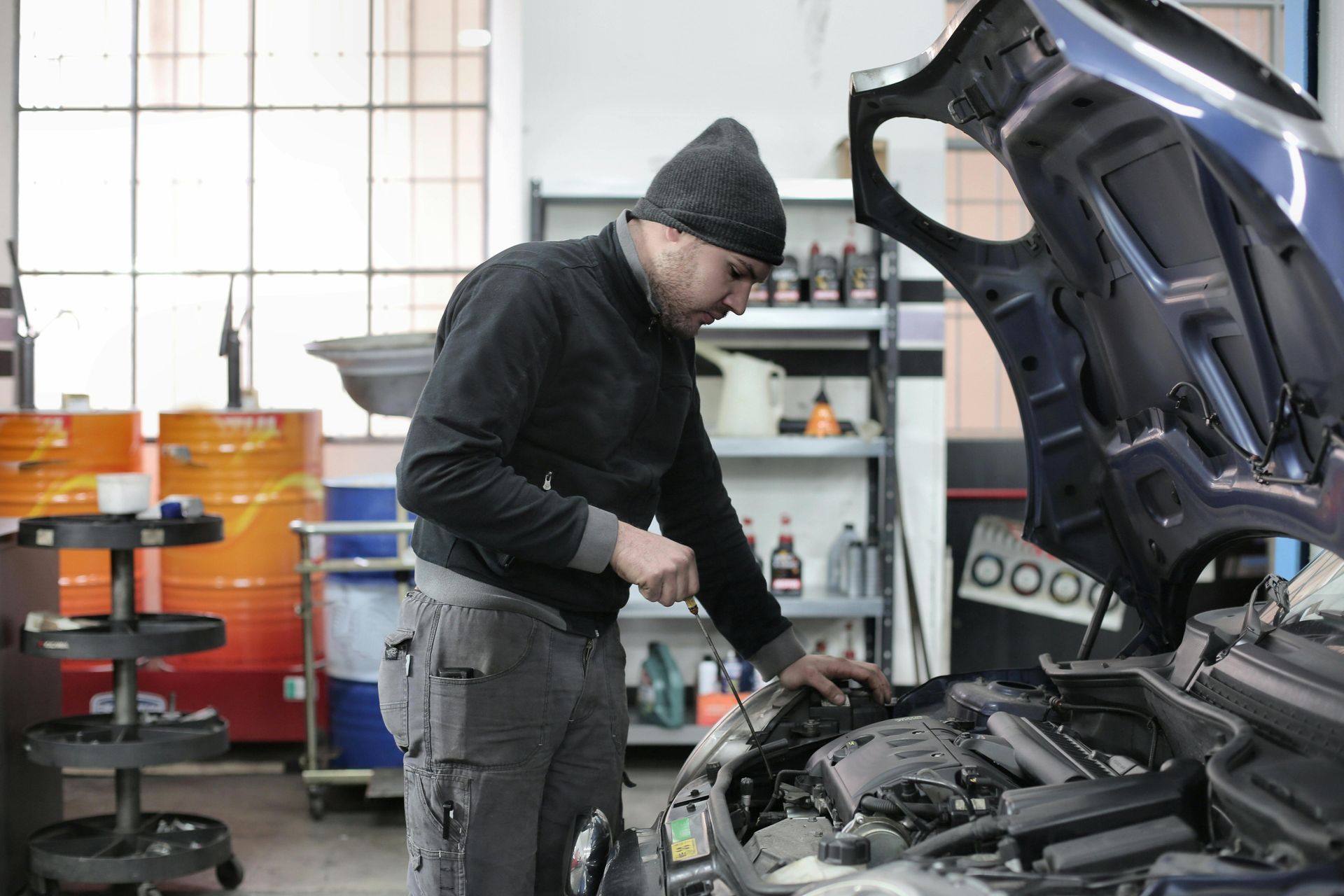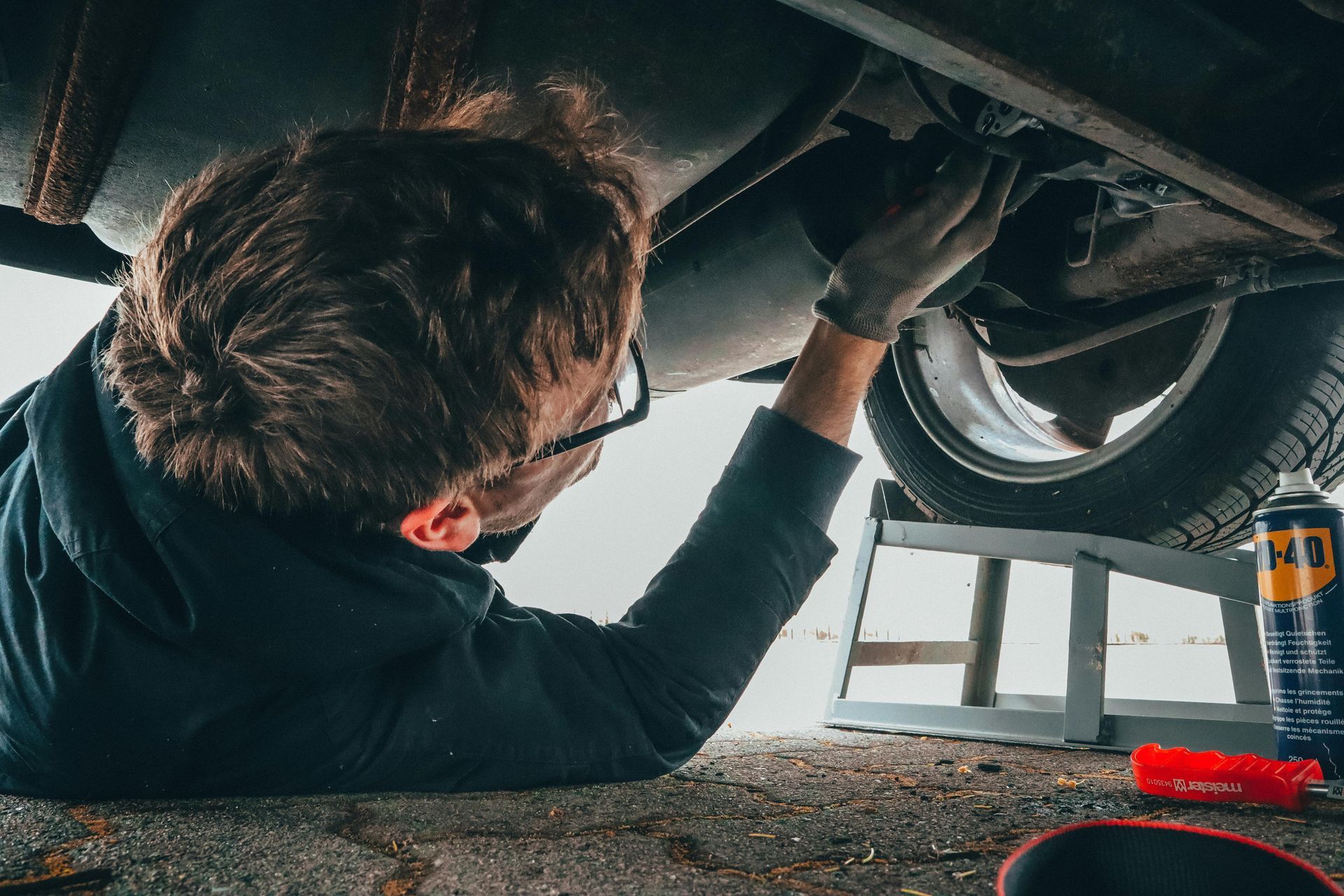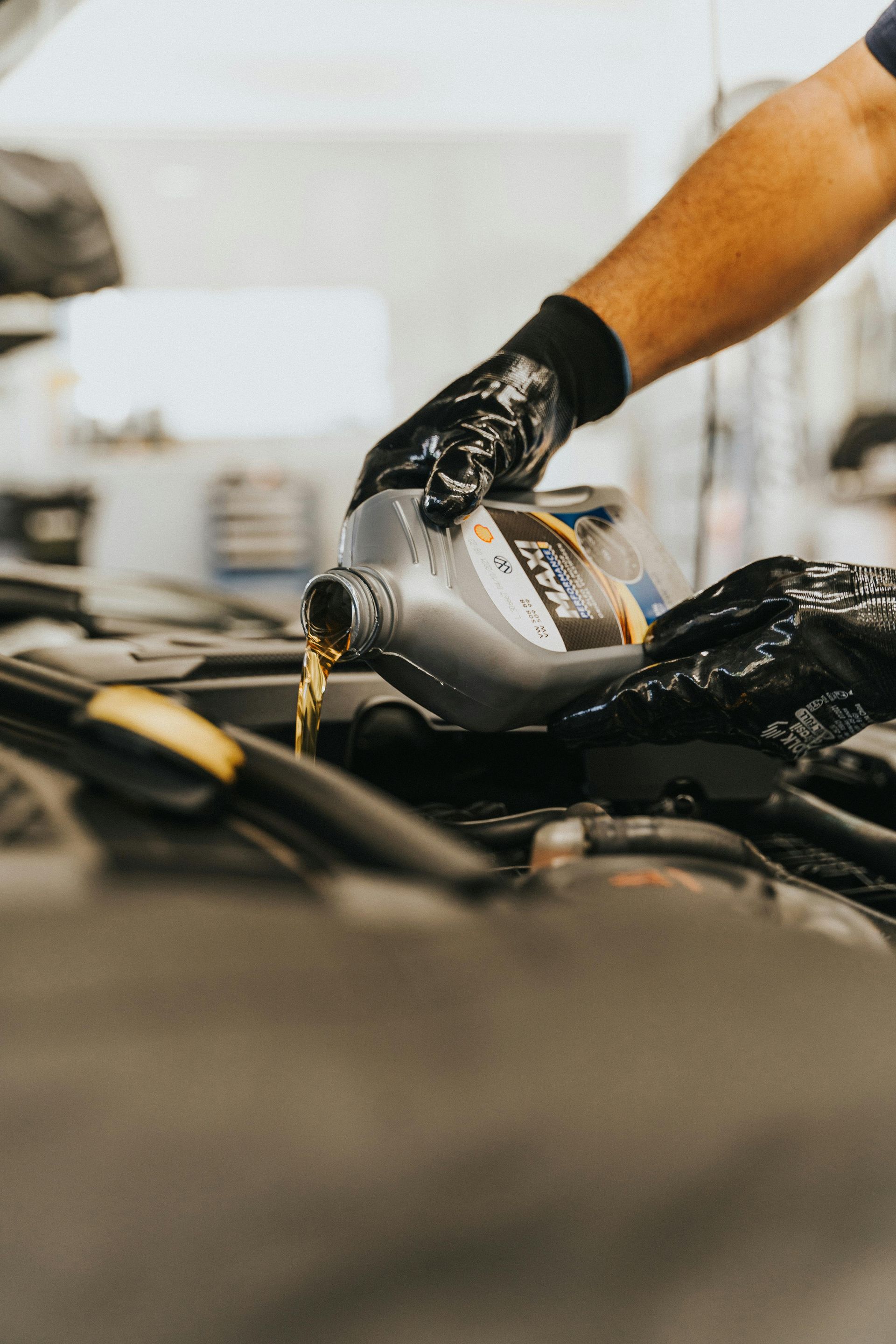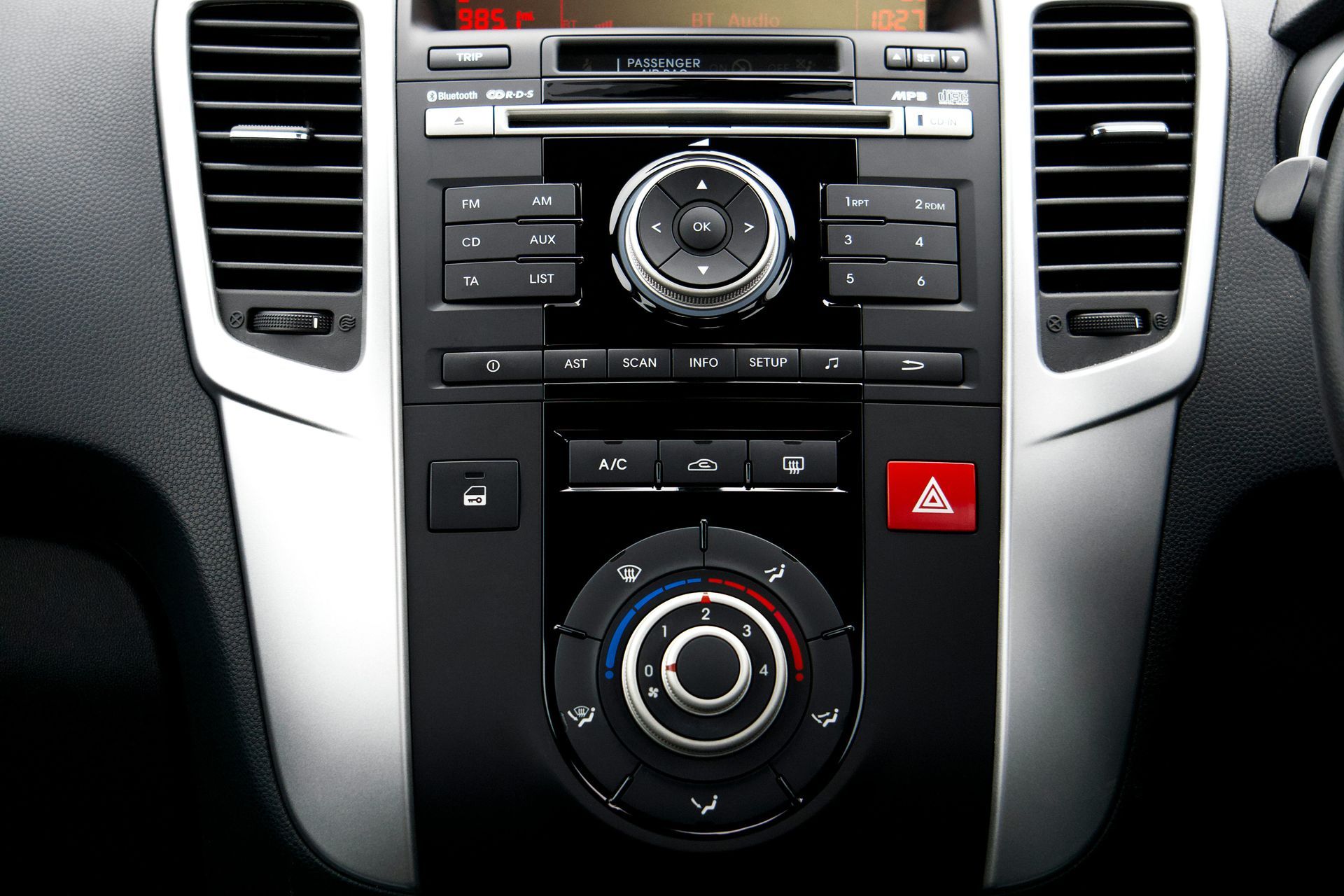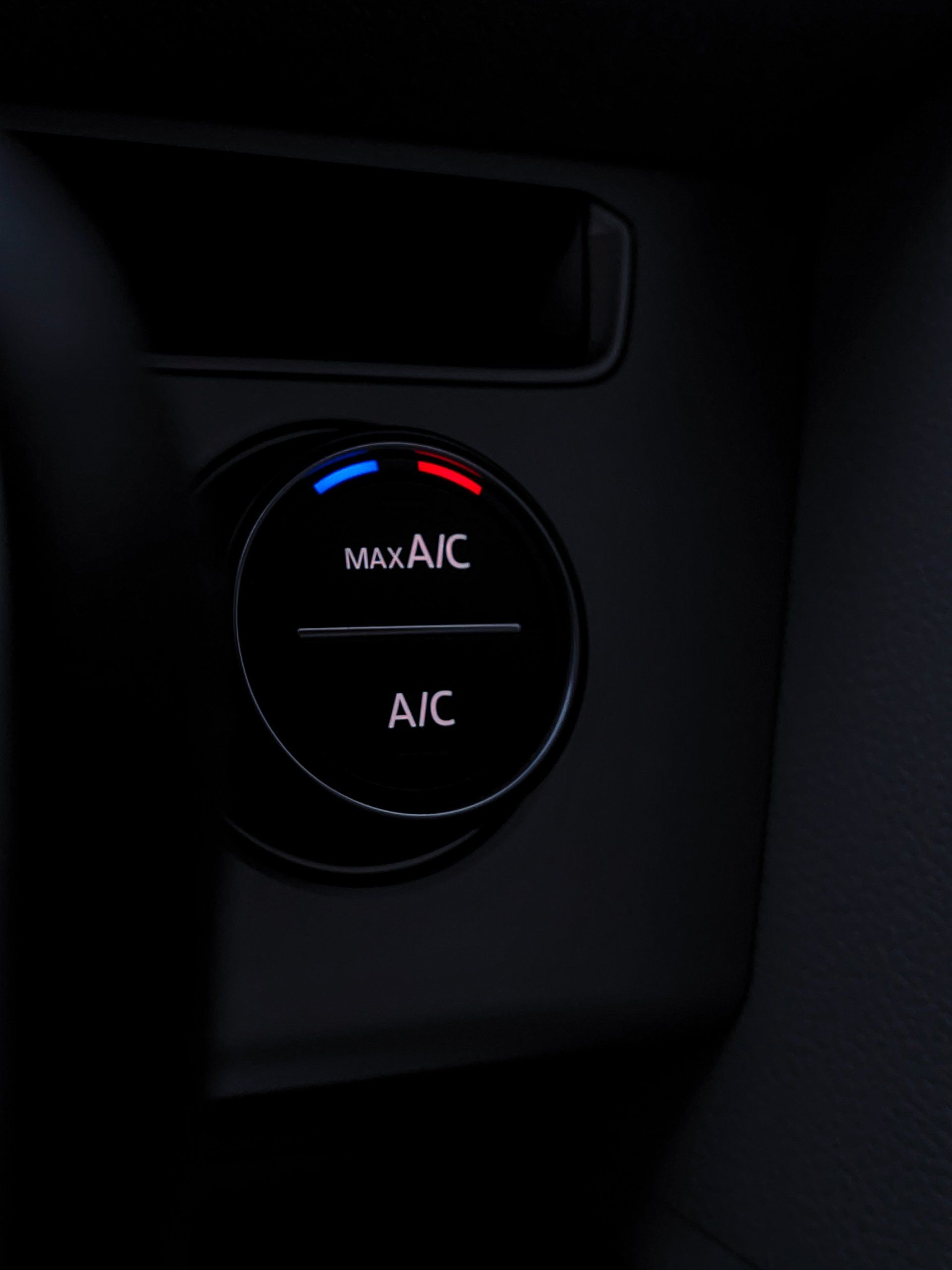What's Involved in an Emissions Test? A Springfield, OR Guide
If you're a vehicle owner in Springfield, Oregon, you might be wondering about emissions testing requirements and what exactly happens during these tests. While Lane County doesn't currently require mandatory emissions testing like some other Oregon counties, understanding the process is still valuable for environmentally conscious drivers and those who may move to areas with testing requirements.
Why Emissions Testing Matters
Emissions tests are designed to measure the pollutants your vehicle releases into the air. These tests help:
- Reduce air pollution in urban areas
- Identify vehicles that need repair or maintenance
- Ensure vehicles meet environmental standards
- Improve overall air quality for Springfield residents
Even though Lane County doesn't mandate regular emissions testing, keeping your vehicle's emissions system in good working order benefits our local environment and can prevent costly repairs down the road.
What Exactly Gets Tested in an Emissions Check?
During a standard emissions test, technicians evaluate several key components and outputs:
1. Exhaust Emissions
The primary focus of any emissions test is measuring what comes out of your tailpipe. Technicians typically check for:
- Carbon monoxide (CO): A toxic gas produced by incomplete fuel combustion
- Hydrocarbons (HC): Unburned fuel that contributes to smog formation
- Nitrogen oxides (NOx): Gases that contribute to acid rain and respiratory problems
- Carbon dioxide (CO2): A greenhouse gas that contributes to climate change
2. Evaporative Emissions Control System
This system prevents fuel vapors from escaping into the atmosphere. Technicians check:
- Gas cap: Ensures it seals properly to prevent fuel evaporation
- Fuel system integrity: Checks for leaks in the fuel system
- Vapor canister: Verifies that the charcoal canister is capturing fuel vapors correctly
3. On-Board Diagnostics (OBD-II)
For vehicles made after 1996, technicians will connect to your car's OBD-II port to:
- Check for stored trouble codes
- Verify that the "Check Engine" light works properly
- Ensure all emissions-related sensors are functioning correctly
- Confirm that the vehicle's computer is monitoring emissions systems as designed
The Emissions Testing Process
If you were to get an emissions test in Portland or Medford (where they are required), or if you choose to have one done voluntarily in Springfield, here's what to expect:
Before the Test
- Make sure your vehicle is warmed up: Cold engines produce more emissions, so drive for about 20 minutes before testing.
- Check your "Check Engine" light: If it's on, your vehicle will likely fail the test.
- Get any necessary maintenance done: Consider having Willamette Automotive Care perform a pre-test inspection.
During the Test
- Documentation check: You'll need to provide your vehicle registration and ID.
- Visual inspection: Technicians will check that all emissions equipment is present and properly connected.
- OBD-II scan: For newer vehicles, they'll connect to your car's computer.
- Dynamometer test: Some facilities place your vehicle on a treadmill-like device to measure emissions while simulating driving conditions.
- Idle test: Measuring emissions while your vehicle idles.
The entire process typically takes 15-30 minutes, depending on the type of test required for your vehicle's age and make.
Common Reasons for Emissions Test Failures in Oregon
Even without mandatory testing in Springfield, it's helpful to know what causes emissions problems:
- Faulty oxygen sensors: These help your car's computer regulate the fuel mixture.
- Bad catalytic converter: The main component that reduces harmful emissions.
- Damaged EVAP system: Leaks in the system that captures fuel vapors.
- Worn spark plugs: These can cause incomplete combustion, increasing emissions.
- Clogged air filter: Restricts airflow and affects your engine's efficiency.
Many drivers around Springfield notice performance issues like reduced fuel economy, rough idling, or decreased power when these components fail—all signs that your emissions system needs attention regardless of testing requirements.
Maintaining Your Emissions System in Springfield
Although Springfield residents don't face mandatory emissions testing, maintaining your emissions system is still important:
- Regular oil changes: Fresh oil helps your engine run cleaner.
- Replace air filters: Our dusty Willamette Valley summers can clog filters quickly.
- Address the "Check Engine" light promptly: Don't ignore this warning, as it often indicates emissions-related problems.
- Get regular tune-ups: Following your manufacturer's maintenance schedule prevents emissions issues.
- Use quality fuel: Springfield has several stations offering high-quality fuels that help your emissions system work properly.
Need Help With Your Vehicle's Emissions System?
Whether you're preparing to move to a county with emissions requirements, trying to resolve a "Check Engine" light, or simply want to do your part for Springfield's air quality, Willamette Automotive Care can help.
Our ASE-certified technicians have the diagnostic equipment and expertise to identify and fix emissions-related issues before they become major problems. We can perform comprehensive emissions system checks and make necessary repairs to keep your vehicle running cleanly and efficiently.
Call us today at (541) 209-6928 to schedule an appointment, or book online through our website. At Willamette Automotive Care, we're committed to helping Springfield drivers maintain vehicles that are both reliable and environmentally responsible.
